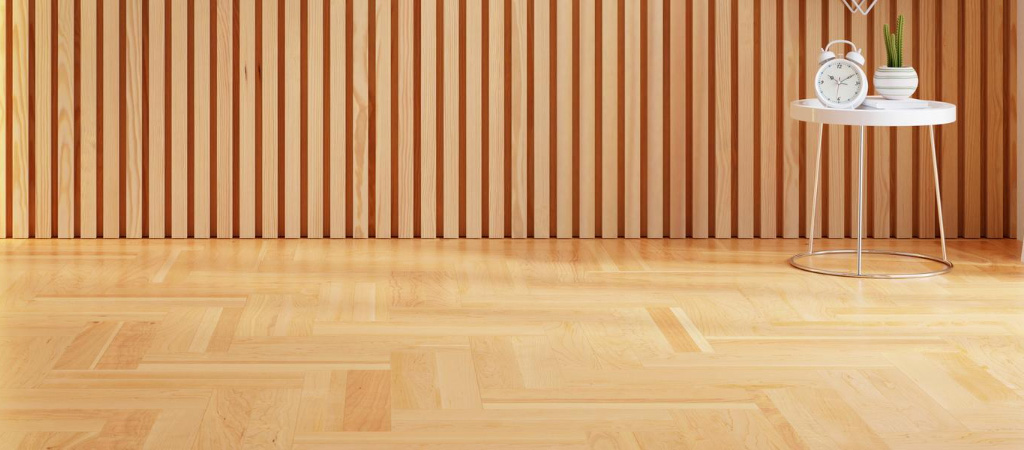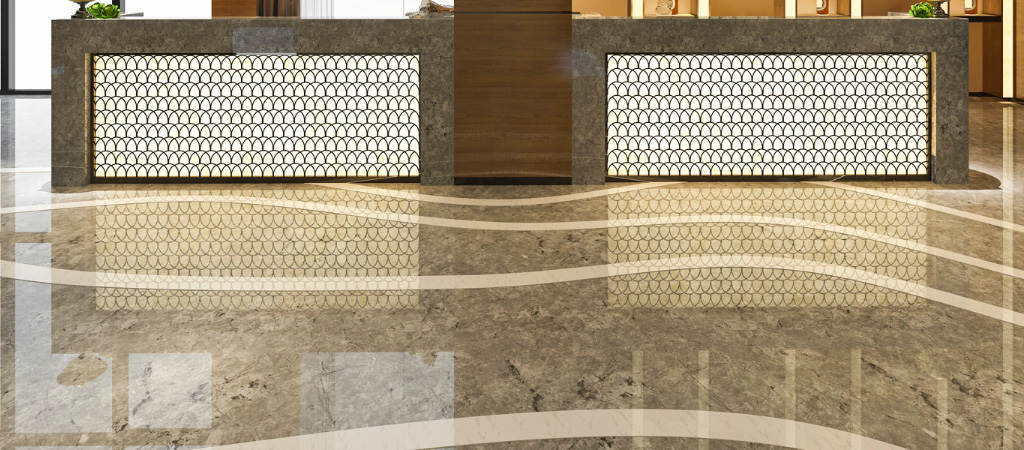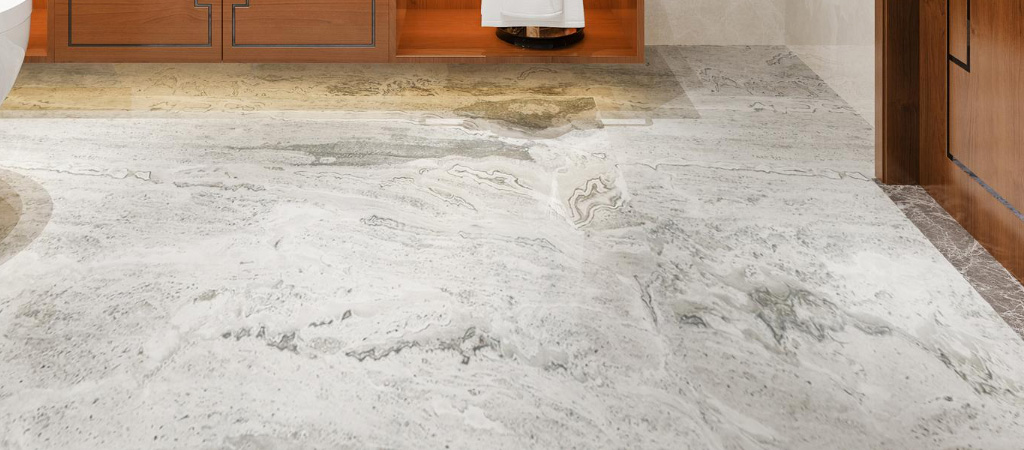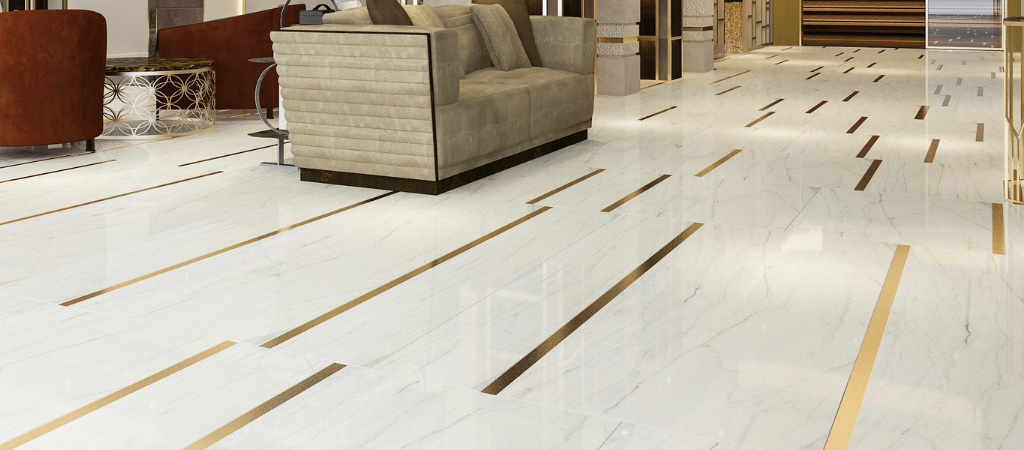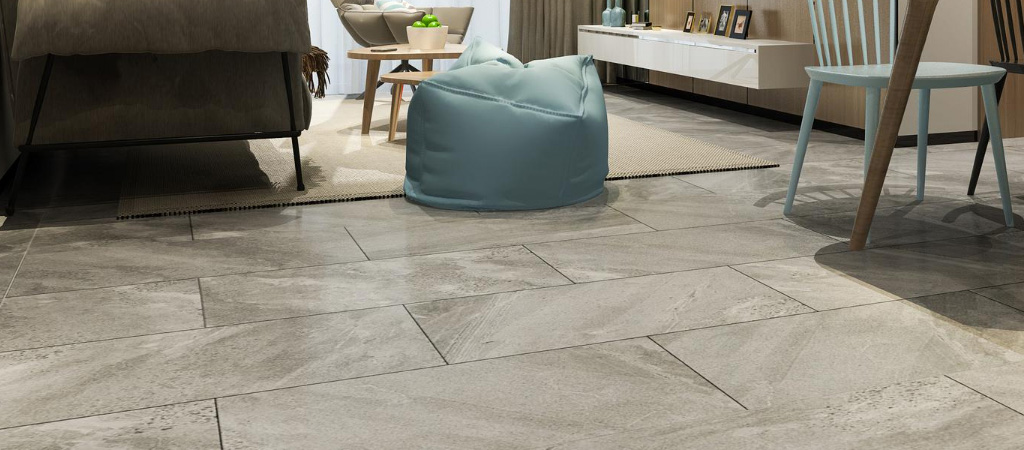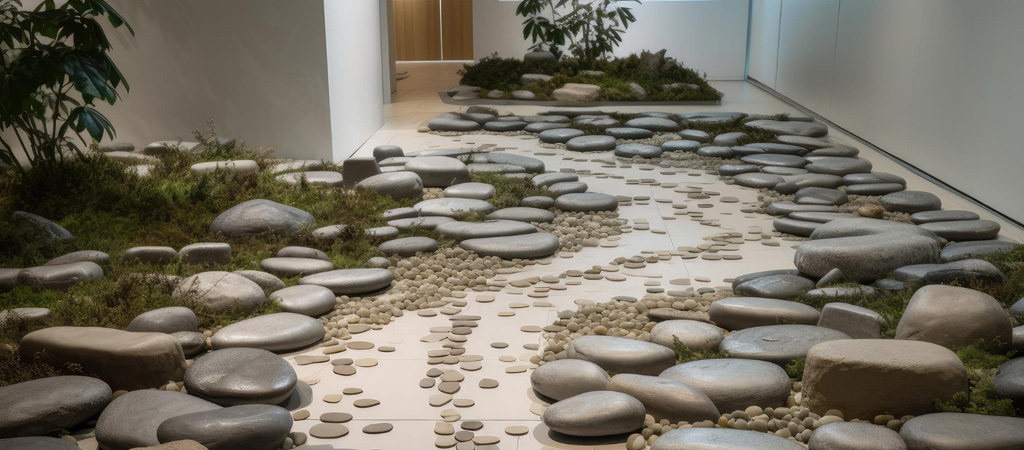
Orton ceramic sinks are generally very easy to look after because the surface is smooth, hard and completely closed. Herein, we are introducing you how to clean and look after your Orton ceramic sink properly in order to retain its harmonious sheen and elegant looks.
Routine Clean& Maintenance
- Clean your sink regularly to prevent a build-up of soap scum, grease and dirt.
Use a solution of 2 tablespoons of dishwashing liquid to a gallon of water. Scrub the sink’s surface using a soft non-abrasive cloth or sponge. Wipe the sink dry with a dish towel or other soft cloth to eliminate water stains. How often you should scrub a sink depends on how much use it gets: Scrub a bathroom sink after about 30 uses.
- Protect sinks from scratches and stains.
Replacing a kitchen sink makes no small impact on your wallet. Once you’ve got a shiny new one in place, there are many easy things you can do to keep it in like-new condition:
- Install a perforated plastic mat in the bottom of your sink. This will protect the sink’s surface from scratches and marks and will protect your dishes, too.
- Don’t let fruit, vinegar, salad dressing, or other acidic foods linger on the surface of a porcelain enamel sink. Long-term exposure to acids can cause staining and could etch the surface.
- Don’t use scouring powders to clean your sink. Instead, use the warm water and dish detergent formula we describe above.
Thorough Clean/Refresh
- De-stain surfaces with lemon juice.
We’ve got a sure remedy for stained sinks: Erase those spots with a paste made of one-half cup of powdered borax and the juice of one-half lemon. Dab a sponge in the mixture, rub, and rinse with running water—it’ll work like a charm whether your sink is made of porcelain enamel, stainless steel, or any other material.
- Use baking soda to clean
Sprinkle baking soda on any rust spots or stubborn stains. Rust spots will be most common on the base of the sink near the drain. Use the wet sponge to scrub the rust with the baking soda, creating a paste. Let the paste sit for 10 minutes.
- Make your porcelain sparkle.
Here’s a trick that will bring back the gleam to a white porcelain enamel sink. Line the sink with paper towels and soak them with bleach. Let the towels sit for 30 minutes, then discard them, and rinse the sink with running water. Don’t use bleach on colored porcelain, however, as it may cause the color to fade. Use a mild liquid detergent, vinegar, or baking soda instead.
- Use vinegar on your lime.
The white spots that you have so much trouble cleaning off the faucets are lime deposits from mineral-rich hard water. They’re very easy to remove with a secret ingredient that’s already in your pantry: vinegar. Soak a paper towel in vinegar, and wrap the towel around the spotted area. Wait 10 minutes and then buff with a dry paper towel. This works well on all fixtures except brass or colored fixtures; using vinegar on these surfaces may discolor them.
- Keep your drain free of clogs.
Mix up 1 cup of baking soda with 1 cup of salt and 1/4 cup cream of tartar. Keep it in an airtight, childproof container. Every few weeks, pour 1/2 cup of the mixture down each drain, followed by a quart of boiling water. And of course, do your best to keep hair, soap, grease, food, and other debris out of your sink drains in the first place. Following these few steps should keep you clog-free!
Tips
- Remember to avoid contact of your sink with products that are high in acidity.
- Do not use any dishwashing detergents or bleaches containing chlorine.
- Do not use metal scouring pads on your sink, which can not only cause chips and scratches, but can also lead to discoloring on your sink’s surface.



